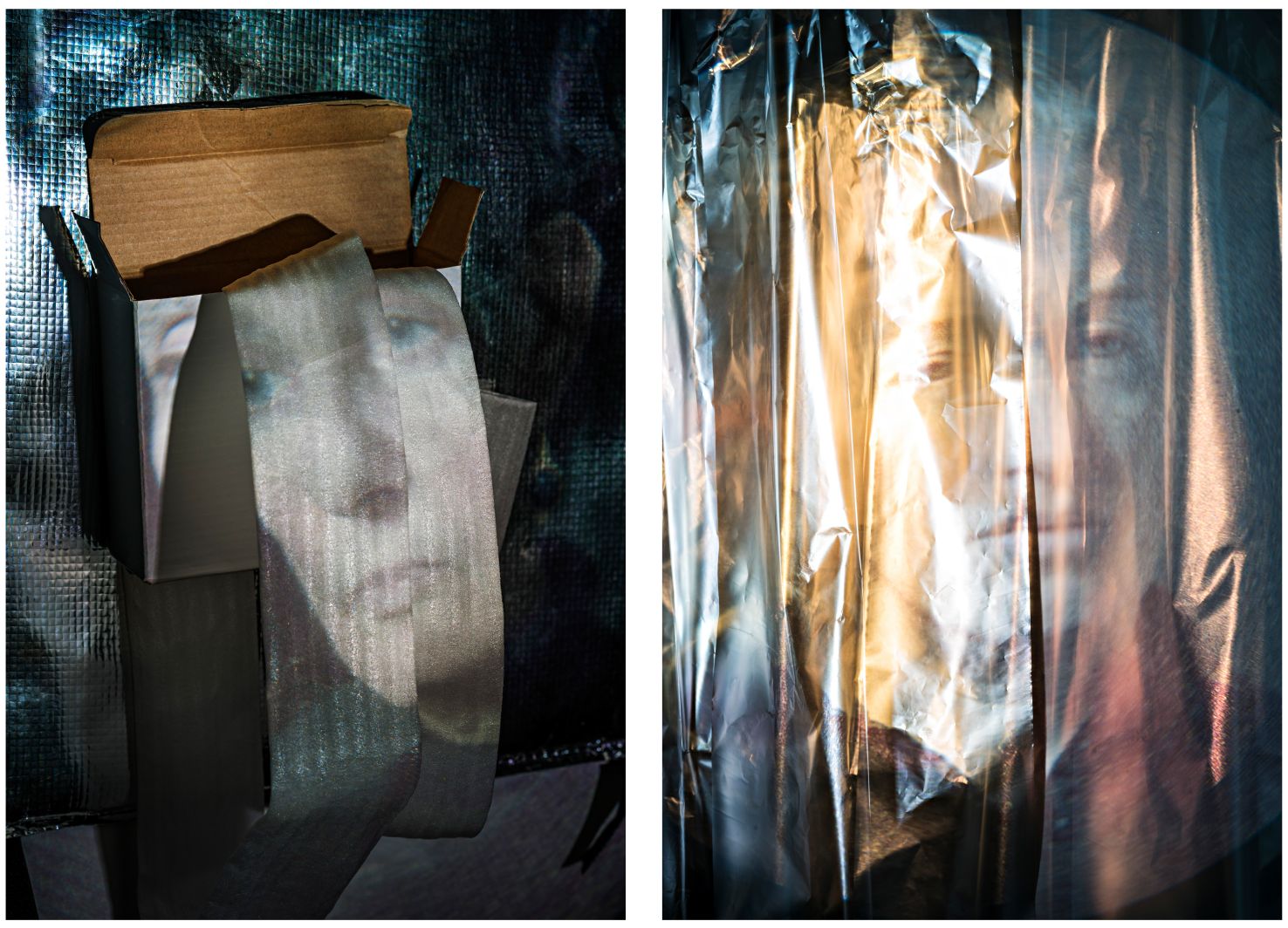OPEN CALL.
OPEN CALL.
The stories we tell about ourselves are inextricably linked to our relationship with place, space and time. We asked like artists to use the idea of exploring the relationship between self and space, the footprints we leave on the places we move between and the stories these happenings create. Storytelling comes in so many forms, using a variety of mediums and with this in mind we encouraged submissions that explored local identity, and how the environment impacts upon perceptions of self and the theme TRACES was therefore completely open to interpretation.
Image//Nicola Bates
Lauren Olins.
SELECTION
The way that I connect to the world around me is through the work I make. It’s as if I am documenting the missed moments and I am therefore left with a trace of what has just happened which often creates a feeling of distance within my images. With a backdrop of maternal chores and domestic boundaries, and a mobile phone as my tool, I find myself taking a short pause from the everyday to look at the more unassuming parts of my environment. I am interested in the perception and context of what I photograph, challenging what is considered as visually important and drawing the aesthetic from the mundane.



Phoebe Kiely.
In my mind there has always been a battle about time and place. Having moved myself away from the familiar I am adjusting to a new way of life, a new environment and many new pressures life is throwing in my path. There are many challenges, but the one constant I am able to depend on is my way of photographing through the chaos of life. The change has been an upheaval, but the photographs keep on expanding and changing. Feeling initially stunted by my new environment; I have no memory of this place, everything is new, everything is unfamiliar. It has been a long time since I have put myself in this situation. Gradually I am bending towards the light and finding the luminosity of this new world that I have to call home.

Henri Blommers.




Antonina Mamzenko.
BEAUTY HUNTING
Beauty Hunting is an introspective body of work, exploring themes of isolation, emotional trauma and dealing with addiction within the family. It charts my healing process, the rediscovery of traces of myself I’d lost, and serves as a reminder that recovery is not linear. Created over the course of 18 months in response to personal trauma, this body of work is inspired - and is led by - the daily practice of mindfulness and meditation. It draws parallels between the rhythms of the natural world and the cycle of recovery, exploring how our connection with nature can aid in healing generational wounds of addiction.
The start of the global pandemic coincided with a personal crisis coming to a head in my own home. I was in the process of untangling myself from a decade-long co-dependent relationship with an alcoholic. We were forced to spend the first ten months of 2020 together in a tiny house, barely speaking, and without access to our usual coping mechanism - busying ourselves with work. I was in a state of deep anxiety and depression. My world was crumbing around me, and it felt like I would never be able to take another photograph again. To get out of the house, I started walking in a local nature reserve. A “nature reserve” is an overstatement. Molesey Heath is an old mineral working site tucked behind rows of houses nearby. A piece of abandoned land where nature was allowed to take over; an unkempt expanse of rough grassland, shrub, and deep tangles of blackberry bush as far as the eye can see, making you disoriented, every turn of the path looking the same as the other. It’s not beautiful by any stretch of imagination and yet it is where I found beauty and peace.
I’ve taken my first images there as a way to get back to myself, find the traces of identity I’d lost through the years of emotional trauma and abandonment. There was no method in the madness, and I was making images intuitively, pointing my camera towards little things that caught my eye - a puddle, a blade of grass, a bird mid-flight. My first photographs were as dark and blurry as my thinking, capturing my distorted and jumbled state of mind. Over time, with nature doing what nature does, my thinking cleared, and the images became clearer, more peaceful and calmer. I was no longer looking at the mud under my feet, I was looking up to the sky.
Anyone who has ever gone through a process of recovery - whether physical or emotional - knows that it is not linear. There are peaks and troughs, spirals, and dead ends, just like addition and dysfunction themselves. This collection of images represents just that, fuzzy to clear, jumbled too peaceful. On one hand, there is a sense of loneliness and abandonment. There are no people present and I never turn the camera on myself. But there’s also beauty and calm; a sense of vulnerability and melancholy that so often comes with healing and acceptance.

Tanya Haughton.
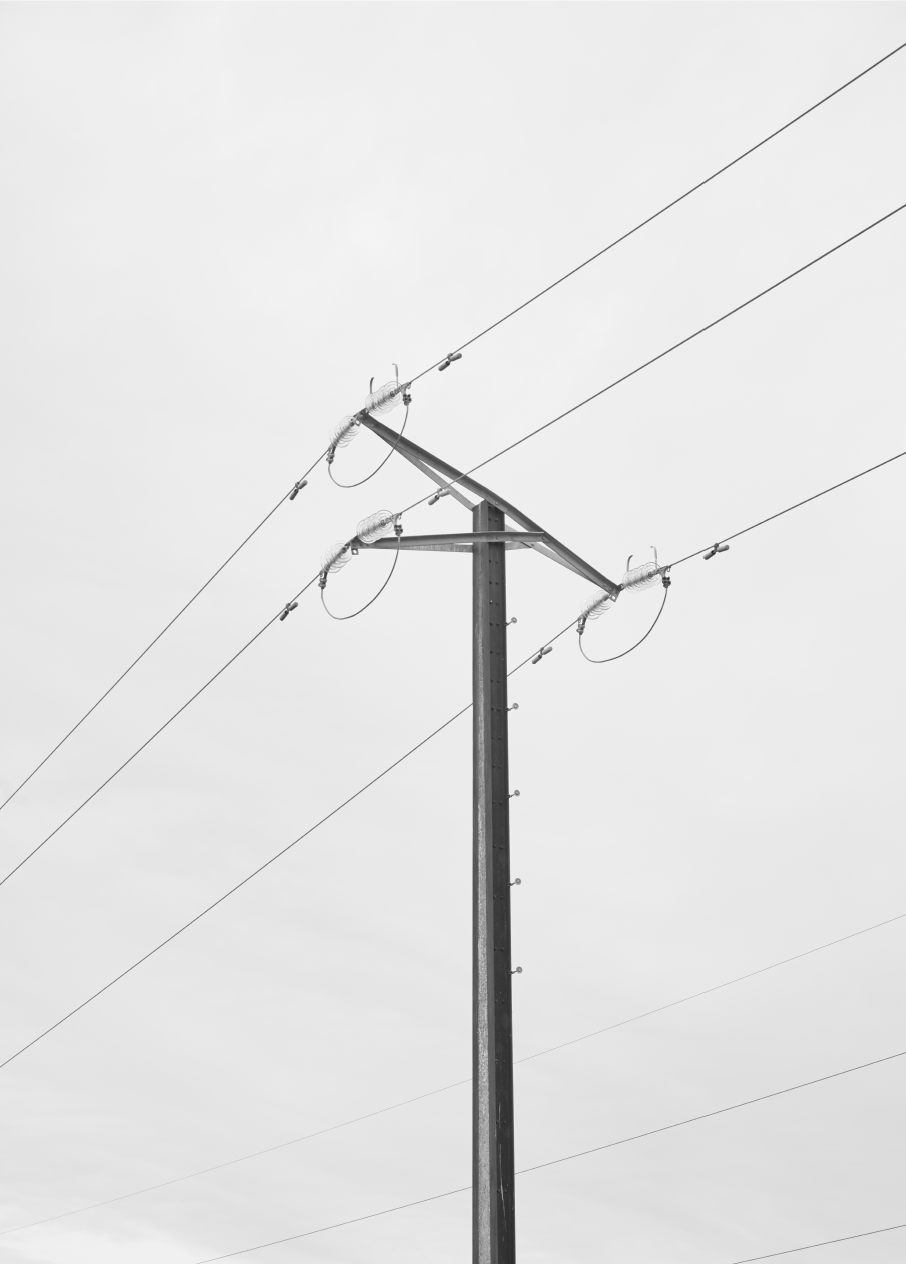
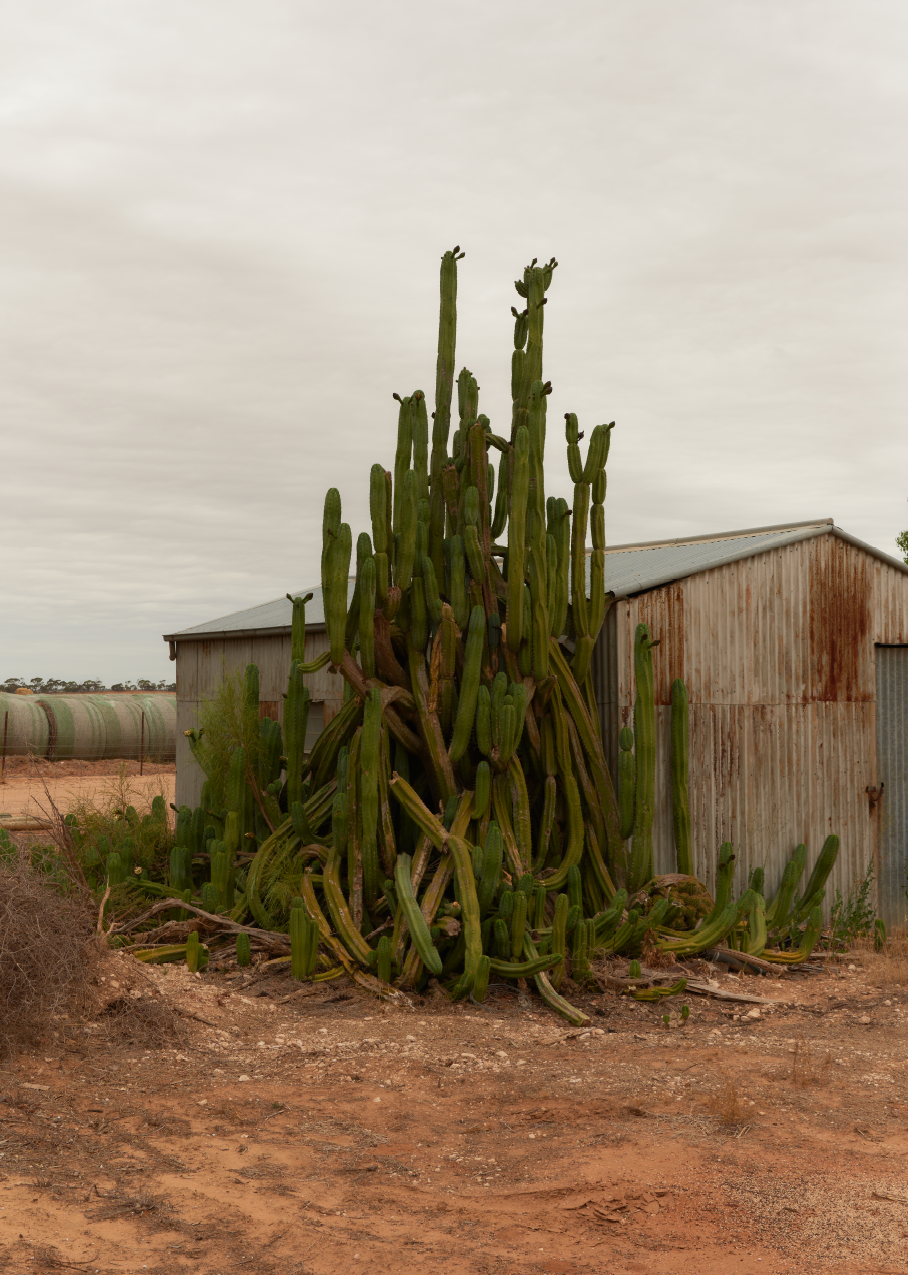
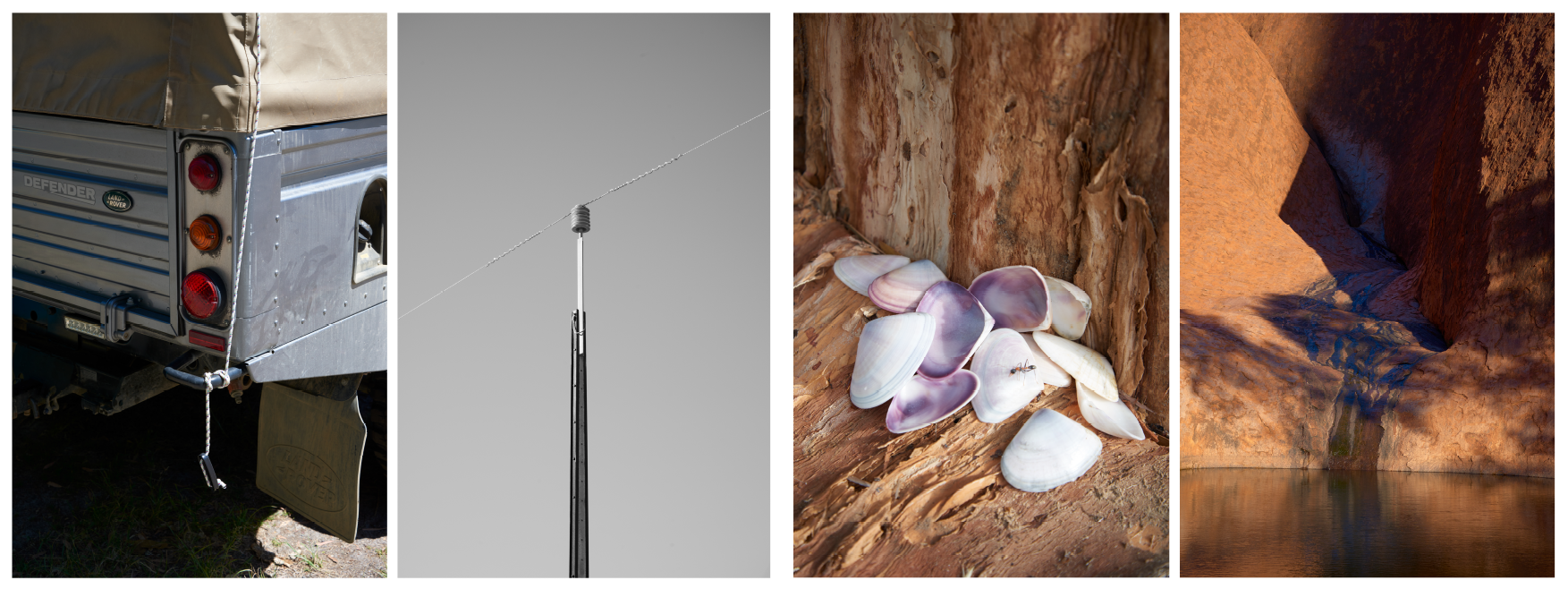

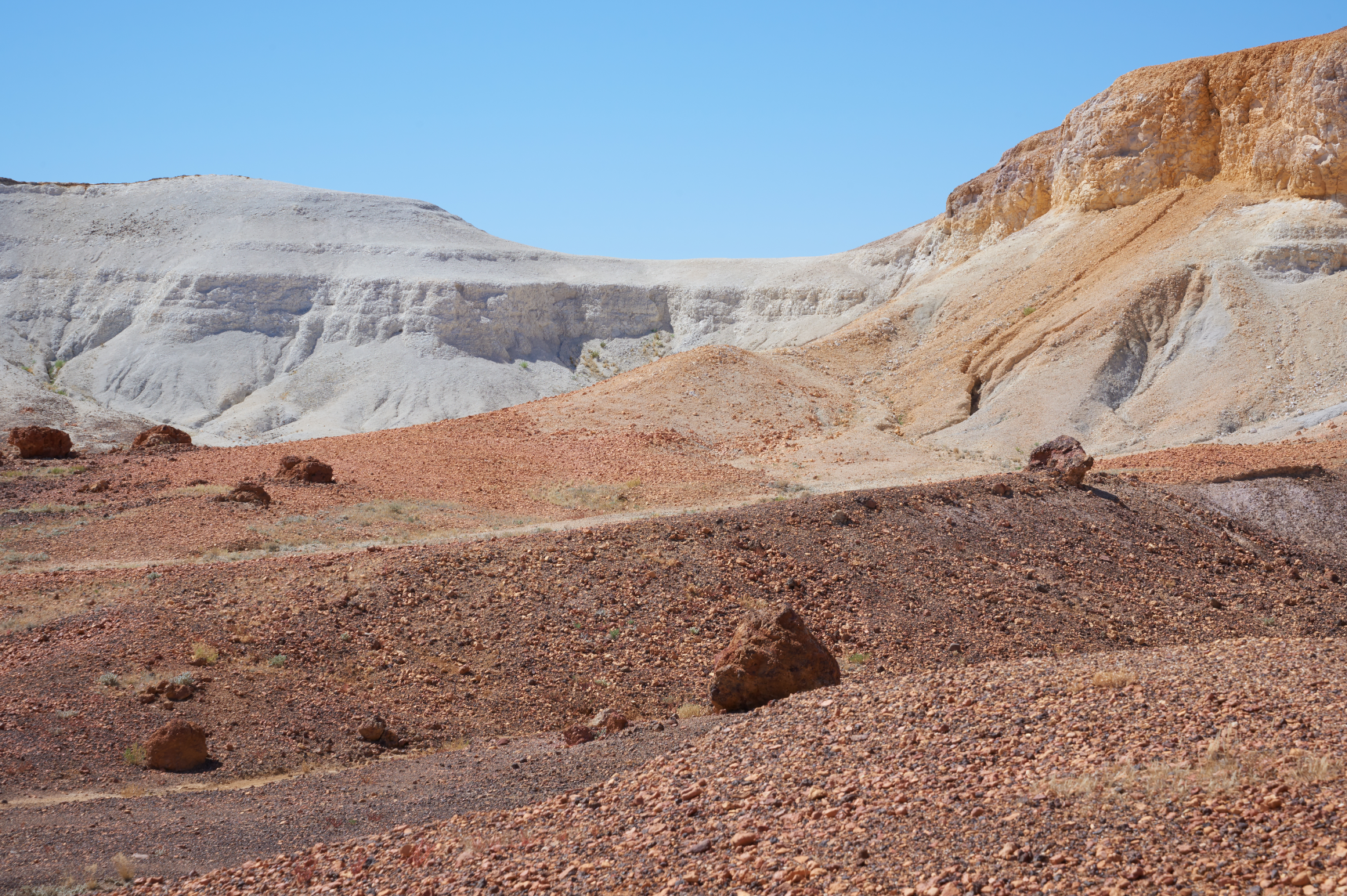
George Holder.
I AM PRESENT, YET I AM NOT HERE
These images are from a project I have been working on for some years titled 'I AM PRESENT, YET I AM NOT HERE'. In this project I have explored the passive connectivity that occurs in the world and the way in which people from two different times can be linked in the most unusual of ways. The way in which footsteps overlap, and people living different lives are unknowingly intertwining themselves in the steps of others, just as I am, and as nature finds itself intertwining with mankind just the same. Set in a world between reality and imagination, a blend of places with real memories experienced by the photographer, and of times and places imagined by the viewer, these empty places with mere fragments of civilisation, like all of humanity has vanished, become something completely out of this world. With myself ever present behind the images, and my imagination captured within them, I AM PRESENT, YET I AM NOT HERE. I have been working on ‘I AM PRESENT, YET I AM NOT HERE’ since around 2016, although at that point I was not aware of the project I was creating. At that time, it was a grouping of smaller projects that only later did I realise were one and the same. The work stemmed from my revisiting of childhood locations, looking at dens/hangouts where I would go as a kid, and upon my visitations I would find traces of a new generation who inhabited these places. Since then, I have been curious about these places and the idea of people from different generations inhabiting the same spaces just at different times, and how as we age, we unknowingly pass them onto others, what was once cherished by me is now cherished by another. What also pulled on my curiosity was the strange feeling that some of these places possessed and the areas around them. I began searching for destinations that I felt were of another world to photograph my imagination. A lot of these places are very wild and are nature focused, with few signs of mankind, which has stemmed from the feelings of the initial locations, and from my childhood memories.

Vicky Waters.
THE PLUM TREE
The plumb tree is old and tall. We cannot reach all its fruit. The skin is a deep blue purple, the flesh inside a bright shade of orange. The tree grows in the garden of an old crossing-keeper's cottage. Steam trains still go past sometimes, following the line around the base of the steep wooded hill. Andrew's grandma bought the cottage in the 1960s. We cook and eat the fruit as the previous owners did. I love this connection.

Marna Slappendel.
CHAMELEONS
Having Autism can cause difficulties with social interactions and communication; for example, not saying the right thing at the right time or being unable to read social cues and body language. Autistic women considered ‘high functioning’ learn from an early age through harm and shame to try and mask the apparently ‘deviant’ behaviour caused by this condition, doing our best to blend in, even when the social rules are unclear to us. Masking can cause problems in the development of an identity and therefore having lack of self-knowledge at a later age. I invited other Autistic women into the studio and made portraits of them; women who - like me - received their diagnosis later in life. I gave the work an extra layer by masking the portraits with found packaging materials. With this work I want to create an awareness of and empathy for people who may appear or behave atypically.

